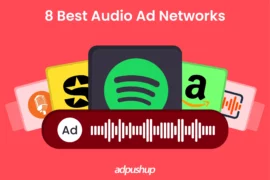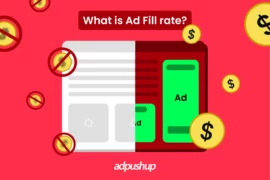PMPs? Ain’t that another ad tech buzzword for those giant media groups? No, thank you. Kindly get off my lawn.
Okay, so the skeptics are out and rightly so: PMPs (private marketplace or programmatic private exchanges; I’ll use the terms interchangeably throughout the post — just a heads up) have a reputation to be difficult to set up and scale.
Less advertisers vying for your inventory meant that PMPs were usually placed at the bottom of a publisher’s ad inventory waterfall.
— Eyal Katz, Adngin
Someone without an experienced ad-ops guy (or a whole team of them) may not be able to cope with the sheer effort of adding/removing line items, getting advertisers, creating better inventory packages, customizing campaigns, and other tasks that are necessary to create a private haven for your impressions.
“Exactly! Let’s just keep it democratic and go back to open marketplace.”
That would be great in principle. But online advertising is in a state of over-supply of impressions. This gives most of the control to buyers in open auctions. Private programmatic marketplaces are a way to change that.
Today PMPs are really about giving the publisher control over the way their preferred customers get treated by private auctions.
— Spencer Phillips, MediaMath Blog
For those who’re unaware, let’s recap:
A Brief Introduction to Private Marketplaces
PMP is Private Marketplace: an invitation-only RTB auction where one or more publishers invite a few buyers to bid on their inventory. So, publishers open premium inventory to a select club of buyers. The buyers bid on it (private RTB auctions) or buy directly (preferred deals).
So what’s ‘premium’ inventory? I can’t be specific and not for lack of trying. Just as clothing sizes change from brand to brand, the way a publisher classifies their inventory package as ‘premium’ is subjective. The closest-to-universal standard would take into account highly viewable impressions for extremely specific target audience segments, high ad serving priority, top-notch placements, and so on.
It’s up to the publisher what they package as ‘premium’ and what prices to set for it. Also, advertisers are willing to pay through the nose for this sort of inventory.
Premium is in the eye of the beholder.
— Joe Pych, CEO, NextMark
Why should you sell your inventory through PMPs?
According to Index Exchange:
…private marketplace spend is increasing, without fail, year over year.
They found that PMP spend in the first six months of 2016 was 70% higher than in the first half of last year.

Image Source: Knowledge Exchange Blog
Average CPMs are also markedly higher (up to 3x more) on PMPs than in open markets:
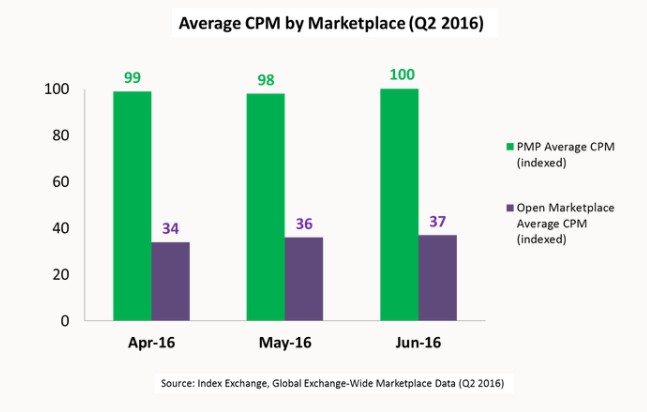
There’s a lot of demand, and not nearly enough supply, of premium inventory for highly specific audience segments. Major brands and advertisers are shifting their focus on private marketplaces in search for valuable inventory that’d help them achieve their marketing goals.
Index listed their top ten PMP spenders by average ad spend:

The viewability — the whole quality component — is a huge part of it. Quality trumps quantity and price.
– Rob Master, VP of Media, Unilever (Source)
The ‘quality’ component is what brings brand-conscious, mature advertisers to PMPs. For them, the price of an impression isn’t a factor as long as their ad is being displayed to contextually relevant audience.
Our ad spend on private marketplaces started going up around nine months ago, and we intend to do more going forward. This is because we can get unique inventory that we can’t access on open exchanges.
– Gary Milner, director of global digital marketing, Lenovo (Source)
There are other benefits too, for publishers and advertisers alike:
- Complete, two-way transparency
- Fraud-free environment (Bot Baseline Study reveals that fraud is lowest in direct buys)
Most fraudulent publishers don’t have private marketplaces. (For one, they don’t have sales or ad ops teams to support such deals.) This makes participating in private marketplaces generally a safer option for marketers.
— Ratko Vidakovic, Founder, AdProfs (Source)
- Control over ad campaigns and creatives being displayed to end user.
They combine the security and trust of traditional direct deals with (quasi) automation of programmatic.
Can YOU sell through PMPs?
And we’re back full-circle to the beginning of this post : All you hear about are big shots like WSJ Group, NewsCorp, Business Insider, Match.com, Whitepages, CafeMedia, Gawker (inactive since Aug’16 post Hulk Hogan/Peter Thiel controversy) and other publishing giants raking in revenue hand-over-fist from private deals.
But PMPs are not all about large media groups making money off their connections with advertisers and agencies.
Remember that your inventory is a proxy for your audience. Advertisers paying premium prices for Forbes’ impressions aren’t doing so because Forbes is a reputed publisher. They are doing so in hopes of reaching C-level executives.
– Ian Trider, RTB Platform Operations, Centro
First off, remember that you don’t have to sell exclusively through private marketplaces. Like RTB and Header Bidding, it’s simply another basket to put your eggs in.
Take viral content or meme sites, for instance. Open auctions maximize their yield because the audience is a blend of demographic characteristics and there is no unique value of either the visitors or content. Sites like these benefit from DSPs’ targeting strategies, which enhances the value of impressions for buyers. In these cases, the publisher can’t press for higher prices by holding back from open market (by reserving inventory for PMPs).
But what if you have a highly unique audience? Those are the sites best suited for private marketplaces simply for the perceived value of inventory. Take iDiva (predominantly Indian female audience) or MensXP (predominantly Indian male audience). Those publishers can offer lower quality impressions on open auctions while offering premium inventory packages on private marketplaces. This is what it would look like:
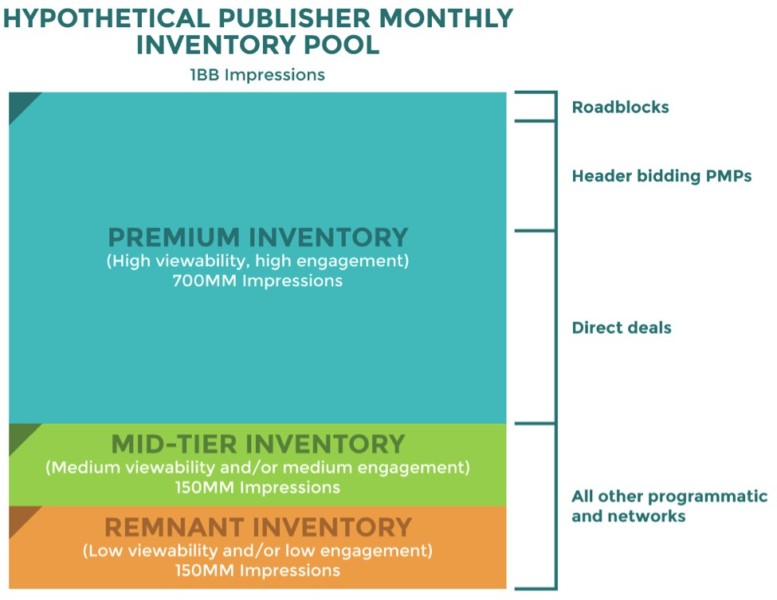
Awesome inventory packages would be worth a lot more on PMPs than open RTB. These could include (but are in no way limited to):
- Packages of only highly viewable placements (Note: You will need to enable viewability measurement for this to work)
- Interesting first-party data (not to be confused with Personally Identifiable Information!). For instance, a dating website that’s passing a user’s age, gender, interests, etc. to its ad server would do way better by bundling that information and selling it through PMP packages.
- Packages of tagged sections on the website (for publishers covering multiple verticals). For instance, news portals could offer packages of highly viewable impressions on posts in “Tech”, “Automobile” and other specific categories to different advertisers.
- If the publisher has video supply, distinguishing between on-site vs. syndicated/embedded content could also be valuable.
PMPs cut out most of the middlemen, valuing direct relationships and inherent quality (of the inventory) over efficient automation. But that comes with its own pitfalls. Before you consider selling on PMPs, you should be able to answer:
- How will data sharing work across different Sell and Demand Side Platforms?
- How can you maintain a high enough fill rate for a PMP?
- Will the investment (in deployment and execution) be worth the potential revenue uplift? There will also be modifications and customization as advertisers refine their targeting.
There are also the factors of trust and maintaining relationships with advertisers. A sales and support team would come in handy.
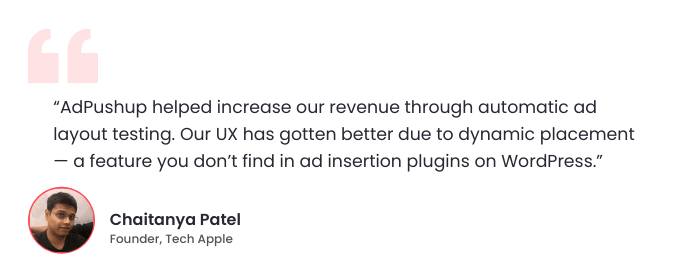
Getting it Right
It’s not all fluff and rainbows on private marketplaces. For those high-clout advertisers to spend their money, your exclusive inventory packages have to be worth it. Publishers are advised to:
- Study the audience: Identify segments that PMP advertisers are looking for.
- Study the content: Index, for instance, found that, “Conde Nast channels inventory into PMPs during “moments”, or times when audiences surge during pivotal moments in pop culture”. As I mentioned before, certain site sections/pages can be packaged for private deals depending on demand.
- Experiment: The controlled environment in PMPs are perfect for publishers to experiment with programmatic video. Mobile and native with high-touch creatives (page takeovers, roadblocks, etc.) are other formats that are usually sold through private deals. Formats like these also require publishers to…
- Communicate: To keep it transparent and to maintain trust, or to customize deal terms midway through a campaign — communication with advertisers is essential (and not as onerous as you are probably imagining). Imagine yourself selling a product/service (inventory) and setting up customer support channels.
- Keep it reserved: Be selective when picking advertisers to invite to your auctions. As Pete Spande (CRO, Business Insider) said in his 15-minute talk at Digiday Programmatic Summit 2015:
If we created a PMP for every person we worked with, it would be like driving across the country, only eating at small diners, and signing up for loyalty cards at every place along the way. It makes no sense.
You’ll need to take into account your data-reporting capabilities, fill rates, floor prices, audiences, placements, and select a few demand partners that get First Look (much as you would in Header Bidding).

Update: IAB released a very thorough PMP Checklist that would be a great help to publishers and their ad ops team.
PMP-compatible Exchanges
Major ad exchanges let publishers set up private marketplaces:
- Doubleclick AdX
- OpenX
- PubMatic
- Index Exchange
- TripleLift
- Centro
- SpotXchange (Video)
- Rubicon Project
- And many others
Private marketplaces give publishers control over the way they would prioritize the demand coming from programmatic channels. It is a complex mix of tools, systems, mechanisms, and strategies.
Take the time to understand them before deciding whether they’re worth it.

Shubham is a digital marketer with rich experience working in the advertisement technology industry. He has vast experience in the programmatic industry, driving business strategy and scaling functions including but not limited to growth and marketing, Operations, process optimization, and Sales.



